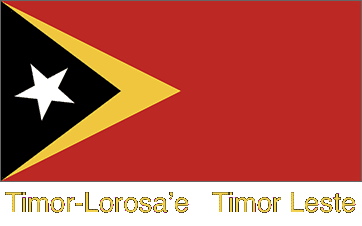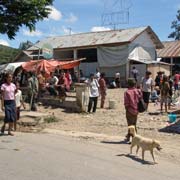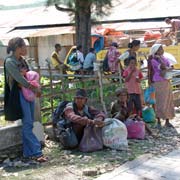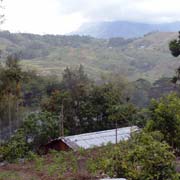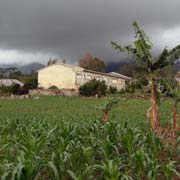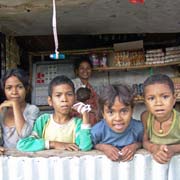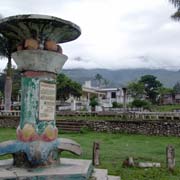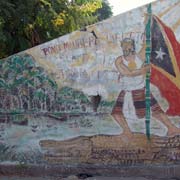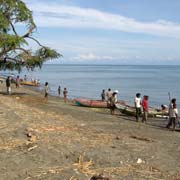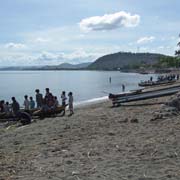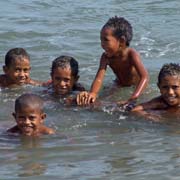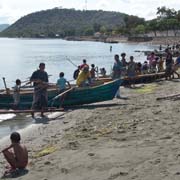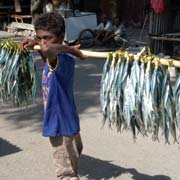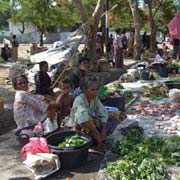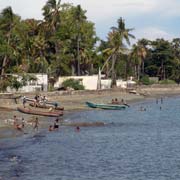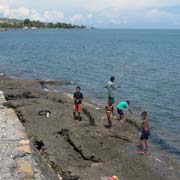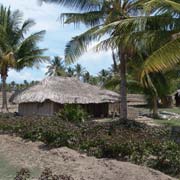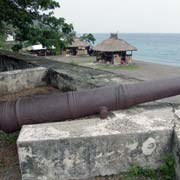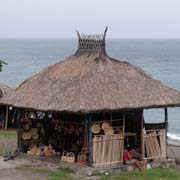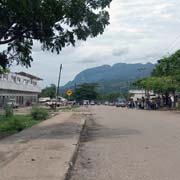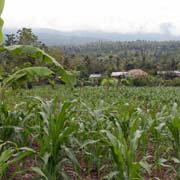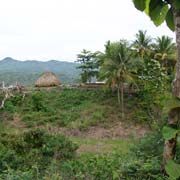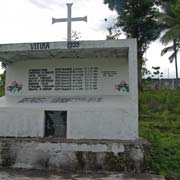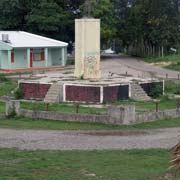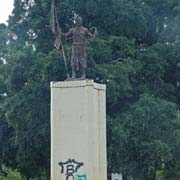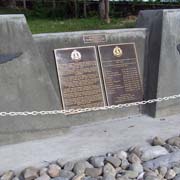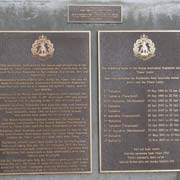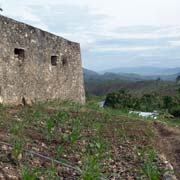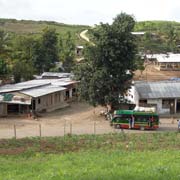Photos of Around Dili: the West of Timor-Leste, Timor-Leste
Around Dili: the West of Timor-Leste
Heading into the hills south of Dili, the road leads into a wide valley with rice paddies and after 47 kilometres reaches the small town of Aileu, with its market and a monument commemorating a massacre by the Japanese of local Portuguese in 1942. The road continues to the small resort town of Maubisse and, after a beautiful drive with great views, reaches Ainaro, 110 kilometres from Dili. Ainaro has a large Portuguese church, a now very much neglected Indonesian monument and buildings ruined by the Indonesians when they had to withdraw.
you may then send it as a postcard if you wish.
Driving along the coastal road from Dili, the road crosses the Laclo River and arrives in Manatuto, 64 kilometres from Dili and the birth place of President Xanana Gusmão. It has around 12,000 inhabitants and, near the market, a series of murals, celebrating independence, can be seen. Many people live from fishing; there are canoes on the beach, a lively place when the catch is brought in.
Heading west from Dili, the coastal road leads to the town of Liquiça, the scene of a massacre on 6 April 1999, when between 25 and 50 people were killed by the infamous Besa Merah Putih (Red and White Iron) militia in the Catholic Church, while Indonesian troops just stood by. The town was also the site of a Japanese concentration camp in the Second World War, where a large number of Portuguese were kept. Further west, 49 kilometres from Dili, is the small town of Maubara, with the massive walls of a 17th Century Portuguese fort lining the road. Brass cannons still point out to sea.
Close to the Indonesian border is the town of Maliana, also the scene of great suffering after East Timor's pro-independence vote in 1999. It is the capital of the district of Bobonaro and its Kemak people still practice traditional weaving called "tais" on backstrap looms. Further west is Balibo, dominated by a large Portuguese fort on the hill overlooking the village. There is a memorial with the names of the people killed by Indonesian militia on 7 September 1999, after it became clear they had voted for independence. It overlooks the square with its Indonesian "Integrasi" monument, an ugly concrete tower topped by a statue of a Timorese peasant happily breaking the bonds of Portuguese colonialism and clutching an Indonesian flag. On the other side of the square is what is now called the "Australian Flag House".
When the Portuguese administration had decided to withdraw to Atauro island following the UDT party's grab for power on 11 August 1975, a brief civil war broke out between the UDT and the much stronger FRELIMO forces. There were rumours that Indonesia, fearing an unstable leftist regime in the former Portuguese colony, would invade the territory and five television journalists working for Australian TV based themselves in a house in Balibo. The Indonesian army crossed the border at dawn on 16 October 1975 and attacked the village. In a futile attempt to save their lives, the journalists had painted an Australian flag on the wall of their house. However, when the Indonesians advanced, they tried to hide in another house beyond the square, from where they were dragged and shot, allegedly by commanding General Yunus Yosfiah himself. There has been a cover up by the Australian government who, at the time, knew of the impending invasion and actually encouraged it while failing to warn the journalists of the danger they were facing. In late 2003 the "Australian Flag House" had been renovated with Australian financial help, the very much faded painted flag on the wall protected by a sheet of perspex. It is now a community centre with an exhibition and photos of those terrible events in 1975.


